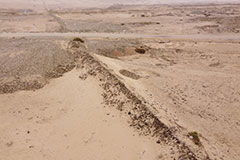Features From the Issue
-
Features
Archaeology of Titanic
It has been 100 years since it sank, and 27 years since it was rediscovered. Now the wreck of Titanic has finally become what it was always meant to be: an archaeological site.
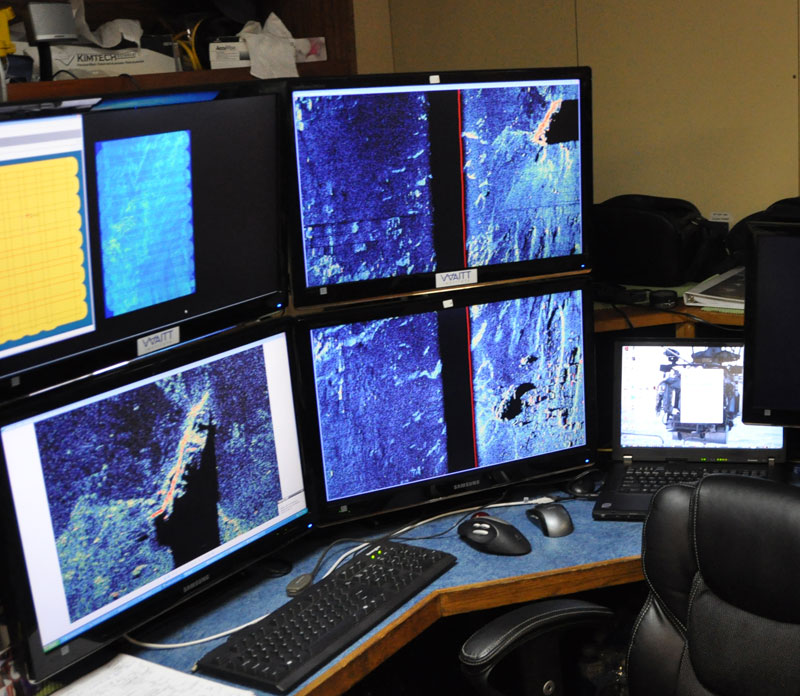
-
Features
The Story of a Site and a Project: Excavating Tel Kedesh
More than a decade after they began working at an enormous mound in Israel's Upper Galilee region, two archaeologists reflect on their work
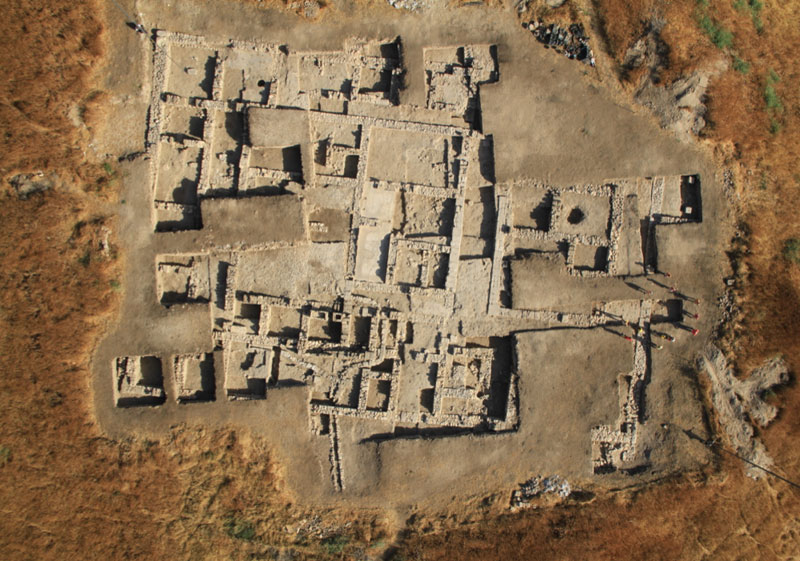
-
Features
Ancient Germany's Metal Traders
A post–Cold War construction boom is exposing evidence of a powerful Bronze Age culture
-
Features
Rethinking the Thundering Hordes
How pastoralist nomads carried civilization across Central Asia more than 4,000 years ago
-
Features
Games Ancient People Played
An intriguing discovery in a Mexican swamp provides evidence of the earliest form of amusement in the Americas

Letter from California
Letter from California
A New Look at the Donner Party
The Native American perspective on a notorious chapter in American history is being revealed by the excavation and study of a pioneer campsite
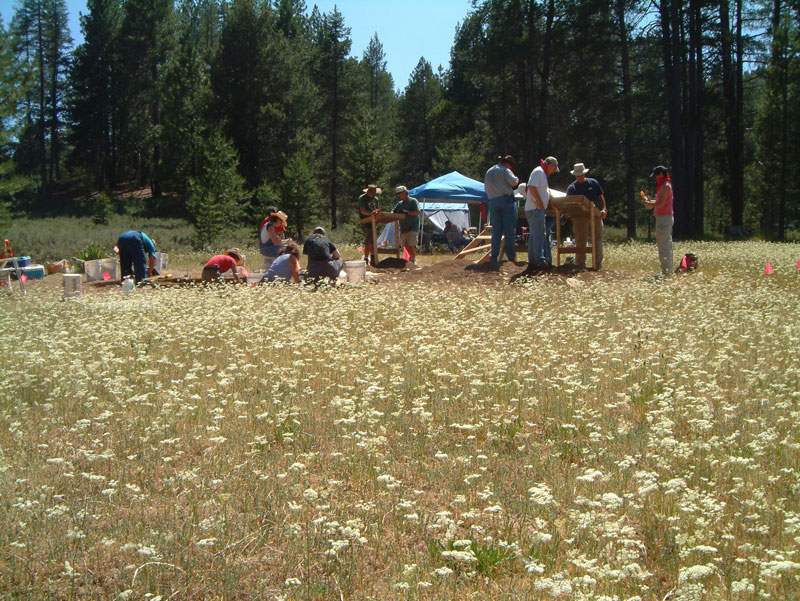
Artifact
Artifacts
Charioteer Statuette
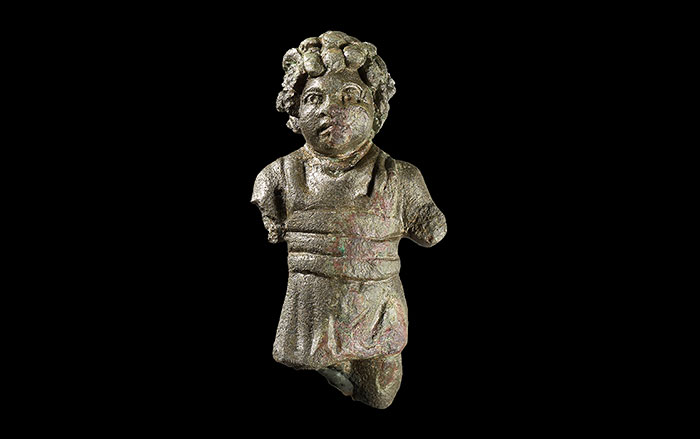
Digs & Discoveries
-
Digs & Discoveries
An Elite Viking
The transition from hunting and gathering in the Paleolithic period to sedentary agricultural lifestyles in the Neolithic may have been a long process, according to a research team working at Kharaneh IV, a 20,000-year-old site in Jordan.

-
Digs & Discoveries
Neanderthals in Color
Until now, the use of ocher—as a red pigment in rock paintings, an ingredient in glue, and for tanning hides, among other things—was thought to be a hallmark of modern human behavior.
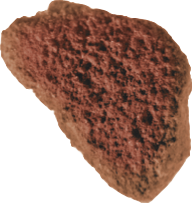
-
Digs & Discoveries
Written on Agate
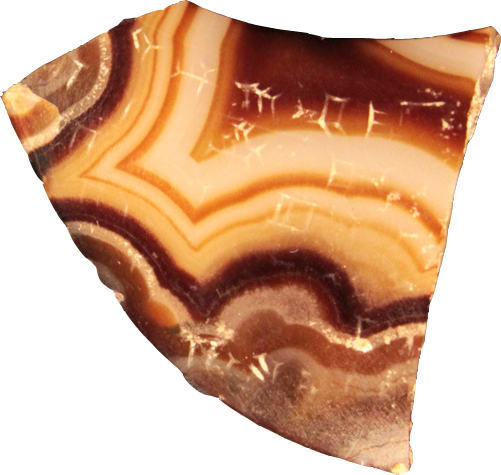
-
Digs & Discoveries
The Neolithic Grind
Using a technique for analyzing friction in industrial equipment, a group of French and Turkish scientists have unraveled the process that was used approximately 10,000 years ago to make a highly polished obsidian bracelet.

-
Digs & Discoveries
Israel's Garden Spot
Scientists have re-created an ancient royal garden on a hilltop between Jerusalem and Bethlehem, at a site known as Ramat Rahel.
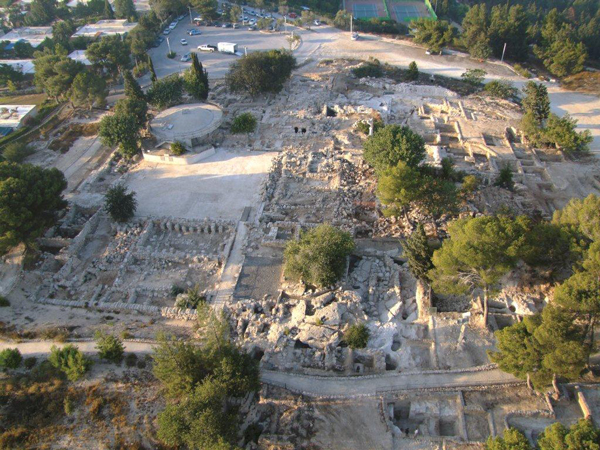
-
Digs & Discoveries
Seeing Inside
X-rays and computed tomography (CT ) scans of artifacts and mummies have been conducted for years now, but the unusual insights from these techniques keep coming.
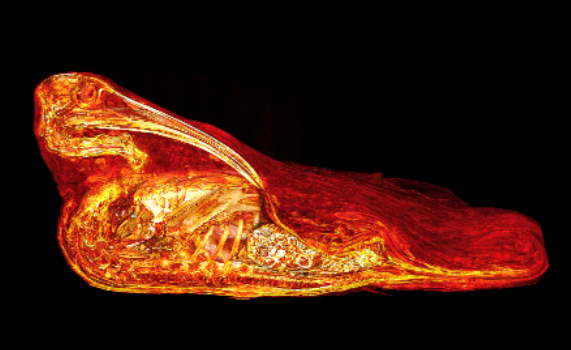
-
Digs & Discoveries
Drought Doomed Angkor?
in Proceedings of the National Academy of Sciences, a sediment core taken from the West Baray reveals evidence of an extended drought in the fourteenth and fifteenth centuries.

-
Digs & Discoveries
The Persistence of Brucellosis
The skeletal remains of two adolescent males found at Butrint, a Roman colony in Albania, indicate that both suffered from fatal cases of brucellosis. The chronic respiratory disease, which is typically contracted from contaminated meat or dairy products, today affects roughly 500,000 people per year worldwide.

-
Digs & Discoveries
Dogtooth Is the New Black
-
Digs & Discoveries
Nothing New Under the Sun
World's oldest astologer's board, made of carved ivory, discovered in Croatian cave.
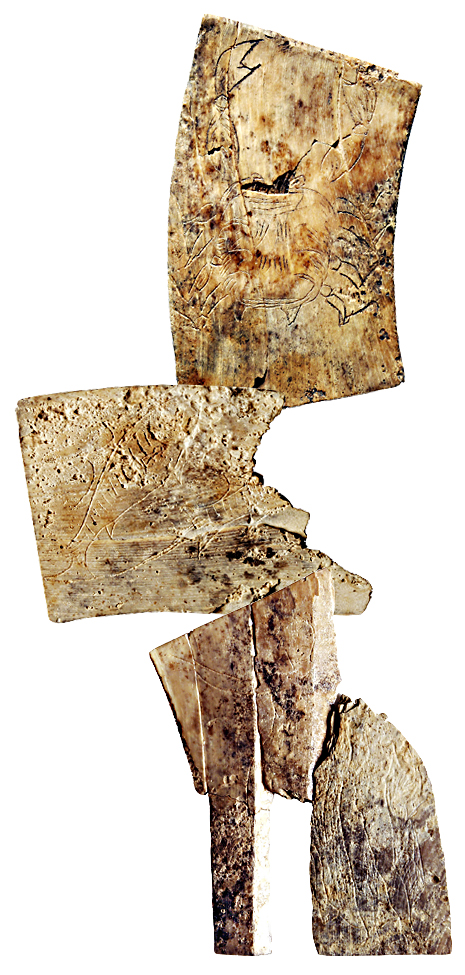
-
Digs & Discoveries
Hunley Revealed
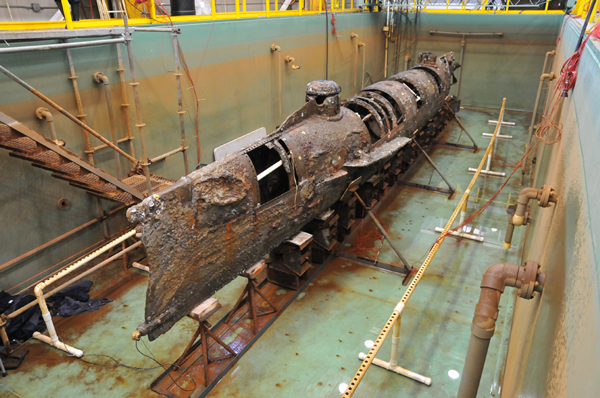
-
Digs & Discoveries
The Perils of Interpretation
Few archaeological artifacts in recent memory have produced interpretations as radically divergent as those advanced in connection with two first-century a.d. ossuaries (boxes containing skeletal remains) in Jerusalem.
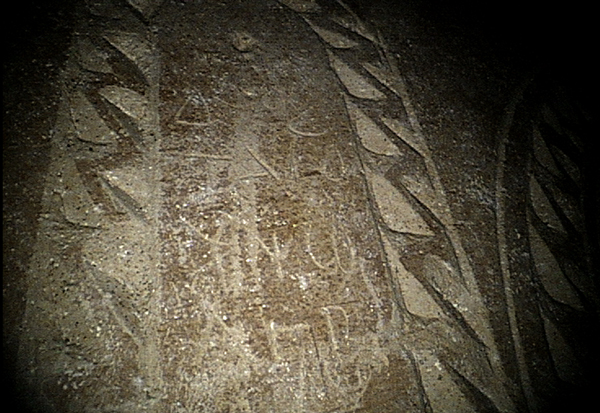
Off the Grid
Off the Grid May/June 2012
Klondike River, Canada
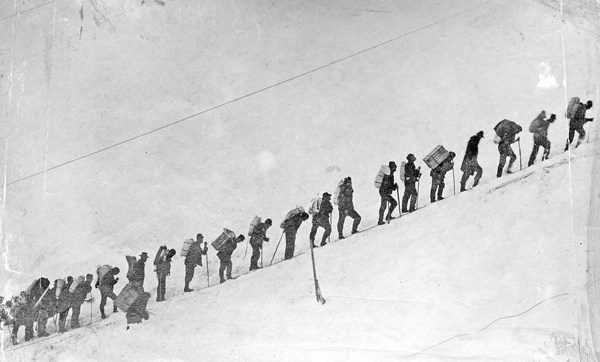
Around the World

Australia

AUSTRALIA: Marine archaeologists have discovered the wreck of Royal Charlotte, a convict and troop ship that wrecked on a reef in 1825. The 75 soldiers aboard, along with officers and family, built up and huddled on a sandy cay for six weeks while waiting for rescue. Researchers expect the teak timbers, anchor, cannon, and other goods found will help them better understand trade between New South Wales, where the ship had departed, and India, where it was headed before returning to England.
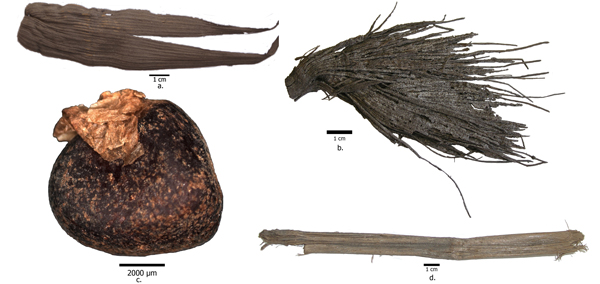
PERU

PERU: At two mounds dating to between 4,000 and 6,500 years ago, archaeologists have determined how ancient Peruvians liked their corn—popped and ground into flour. Among the finds were starch grains, husks, kernels, stalks, tassels, and cobs of species that leant themselves to either popping or grinding. Before this find, little if anything was known about how corn was used in these early years of its cultivation.
Related Content
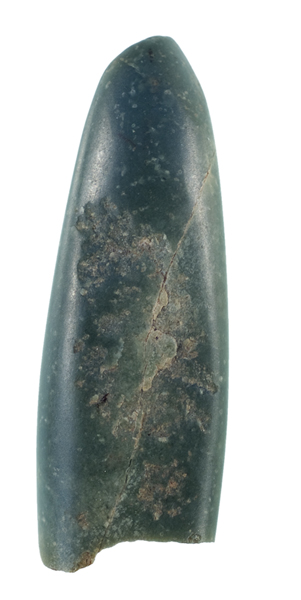
Paupua New Guinea

PAPUA NEW GUINEA: A mysterious two-inch-long tool had scientists baffled. The 3,300-year-old gouge, made of a rare form of jade called jadeite, was found on Emirau Island. Its jadeite is different from any geologists had ever seen, with the closest match being from distant Mexico. A possible solution came from an unpublished manuscript by a German scientist who found some strange rocks on the Irian Jaya mainland (the Indonesian half of New Guinea) 100 years ago. Analysis is ongoing, but the finds appear to be a close match.



